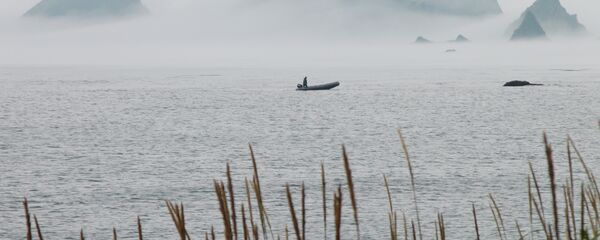Japan and the United States have reportedly mobilized some 57,000 sailors, marines and members of their air forces for "Keen Sword": the biggest joint war game in Japanese history.
READ MORE: US, Japan Launch Military Exercise ‘Keen Sword’ to Test Combat Readiness — Navy
Japan's contingent in the exercise will represent a fifth of the nation's armed forces. In the 2016 simulated air combat and amphibious landings exercise, the joint military personnel was estimated to be some 11,000 less, Reuters reported.
“We are here to stabilize, and preserve our capability should it be needed. Exercises like Keen Sword are exactly the kind of thing we need to do,” Rear Admiral Karl Thomas, commander of the US carrier strike group, said during a news event.
The USS Ronald Reagan will be accompanied by eight other US warships for anti-submarine warfare drills. Currently based in Yokosuka near Tokyo, the American supercarrier is the biggest US warship in Asia, with a crew of some 5,000 sailors and a complement of around 90 F-18 Super Hornet fighters.
“The US-Japan alliance is essential for stability in this region and the wider Indo Pacific,” stated Rear Admiral Hiroshi Egawa, commander of the Japanese ships involved in the exercise.
Keen Sword will be joined by a Canadian naval supply ship, which arrived at the war games on Saturday. Canada's defense attache in Japan, Captain Hugues Canuel, said that Canadian participation reflects Ottawa’s desire to have a military presence in Asia.
Keen Sword is the latest in a series of Japanese power moves occurring amid a growing Chinese military presence in the region. Earlier this year Tokyo sent its largest warship, the helicopter carrier Kaga, on a two-month tour of the Indo Pacific region, including stops in the Philippines, Indonesia, Sri Lanka, India, and Singapore. Additionally, a Japanese Maritime Self Defense Force ship and two destroyer escorts conducted drills in the contested South China Sea.
Beijing plans to spend a reported 1.11 trillion yuan ($160 billion) on its armed forces this year, according to Reuters. That figure is more than three times as much as Japan and about a third of what the US military will spend over the same period on the defense of the Japanese islands.




